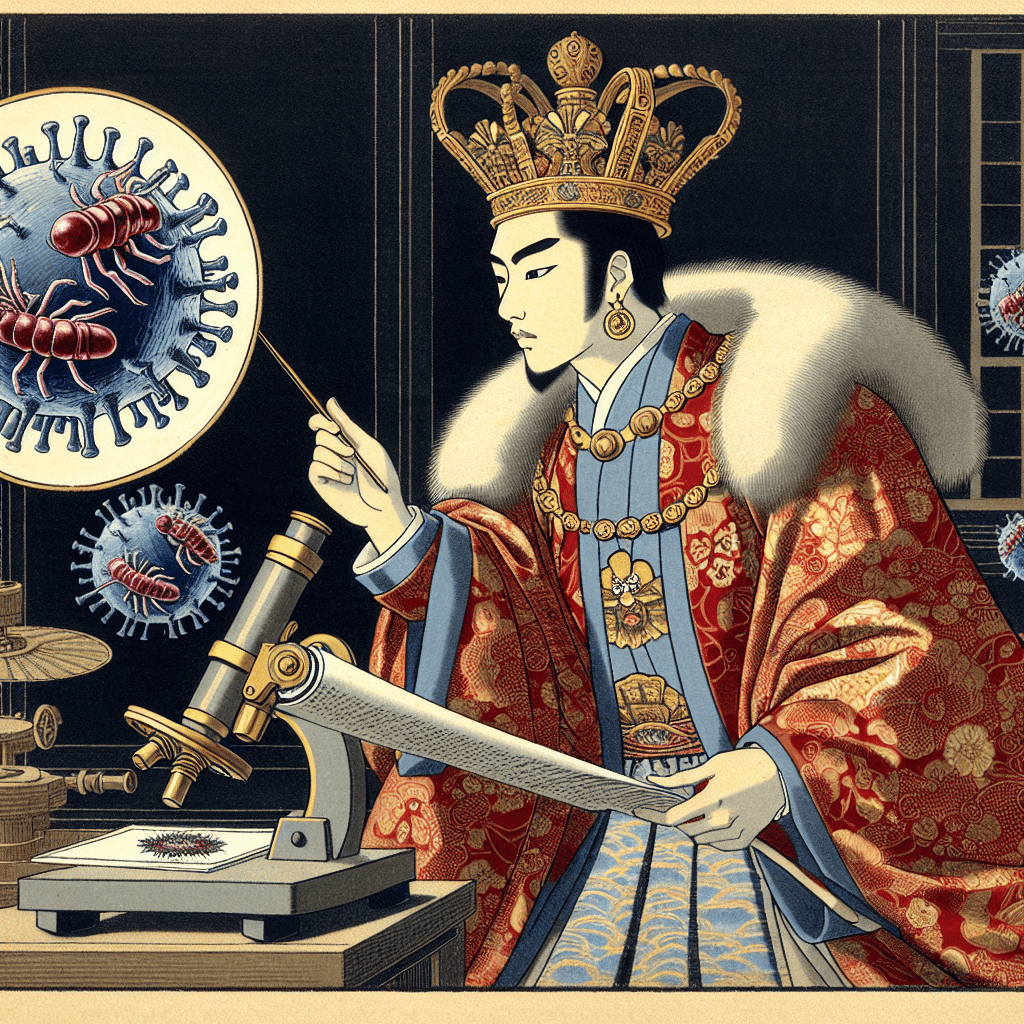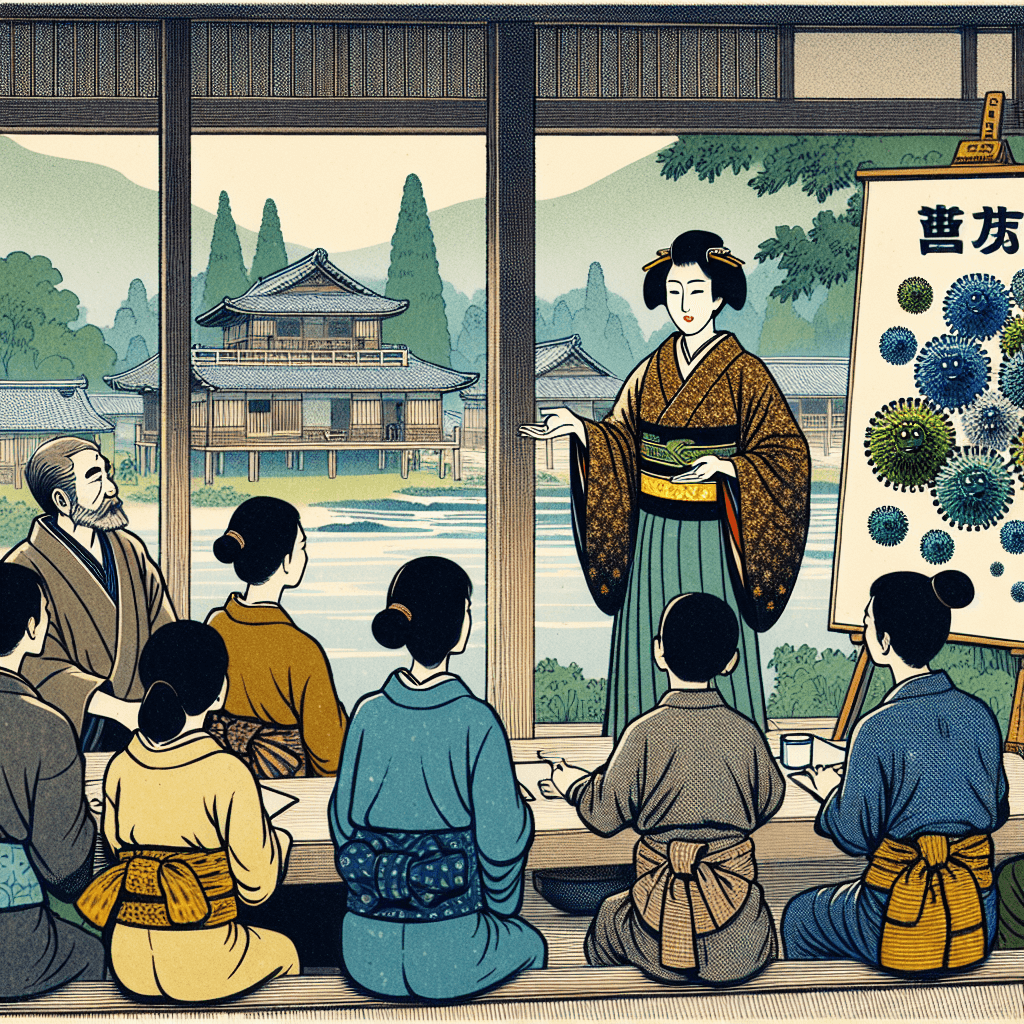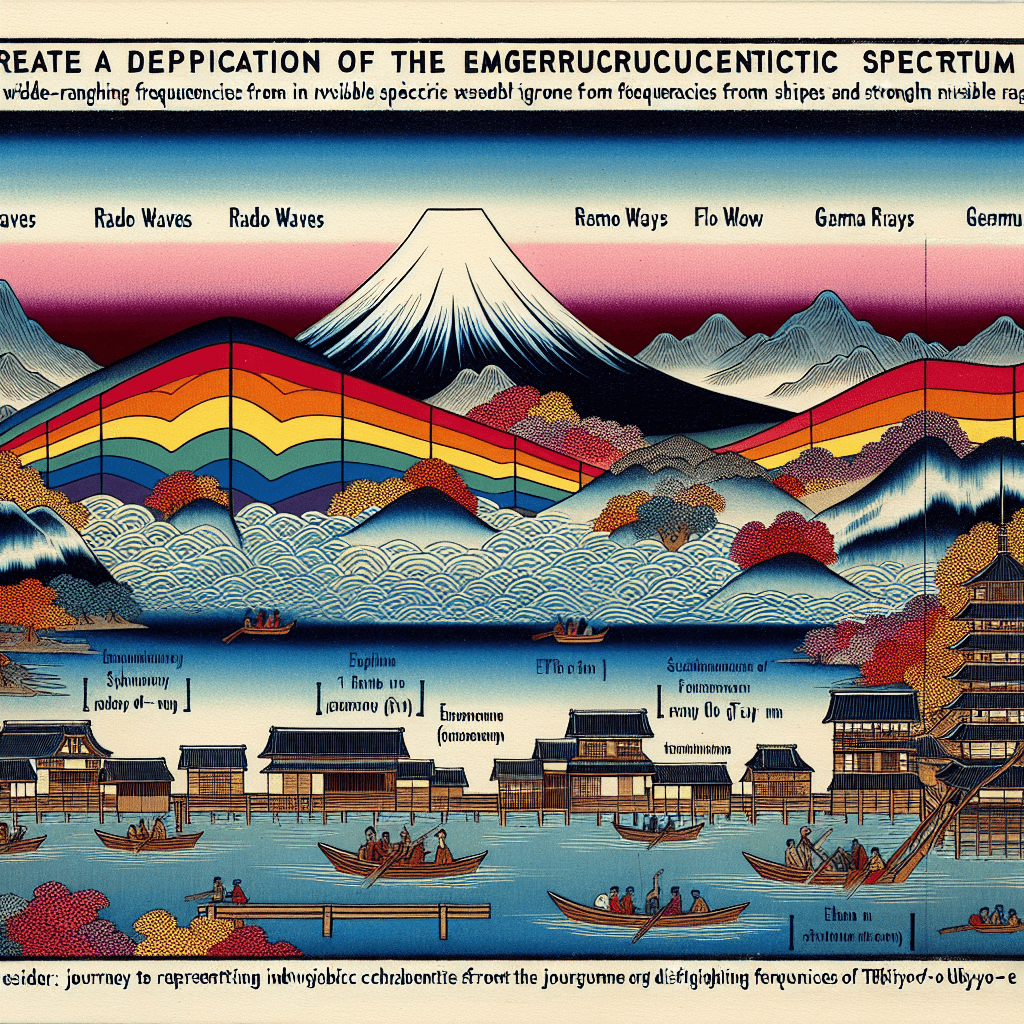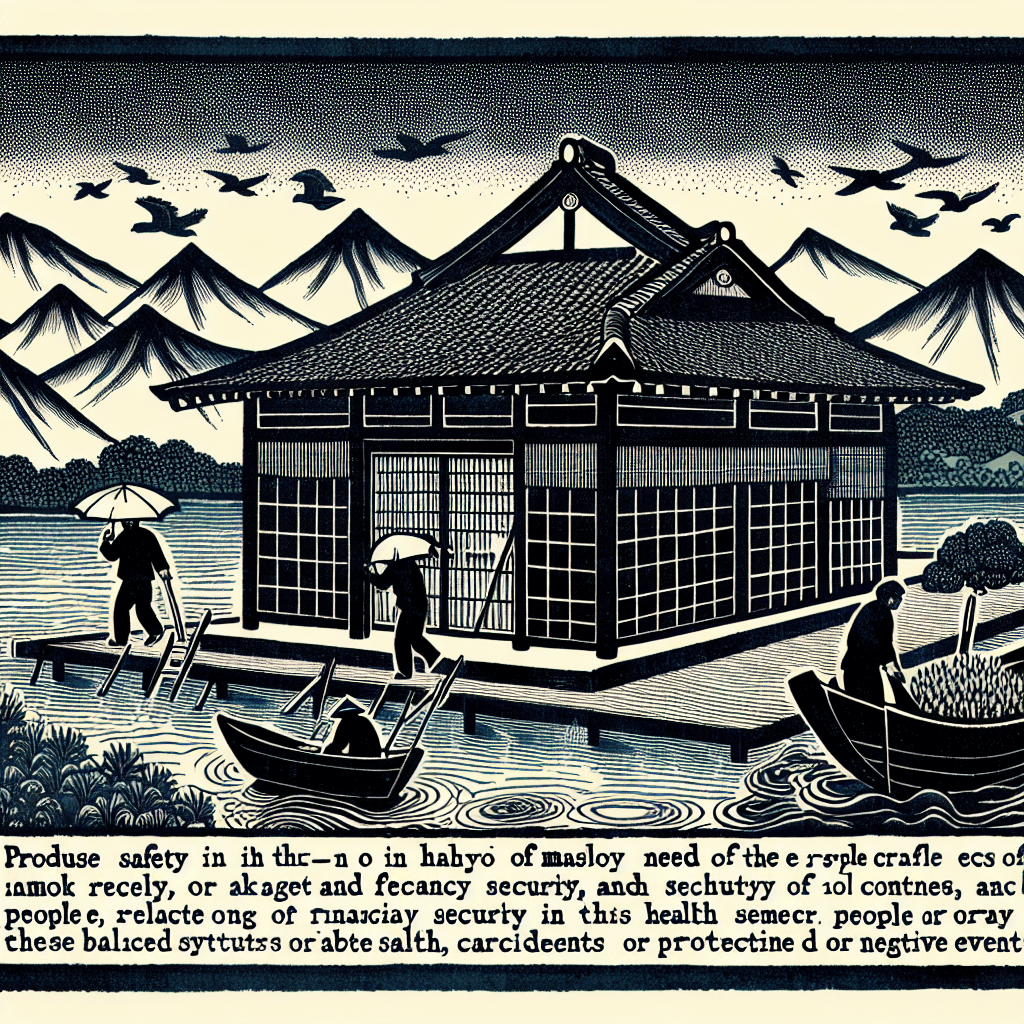Ultraviolet Radiation: The Invisible Force with Dual Faces
syndu | Sept. 5, 2024, 11:34 a.m.
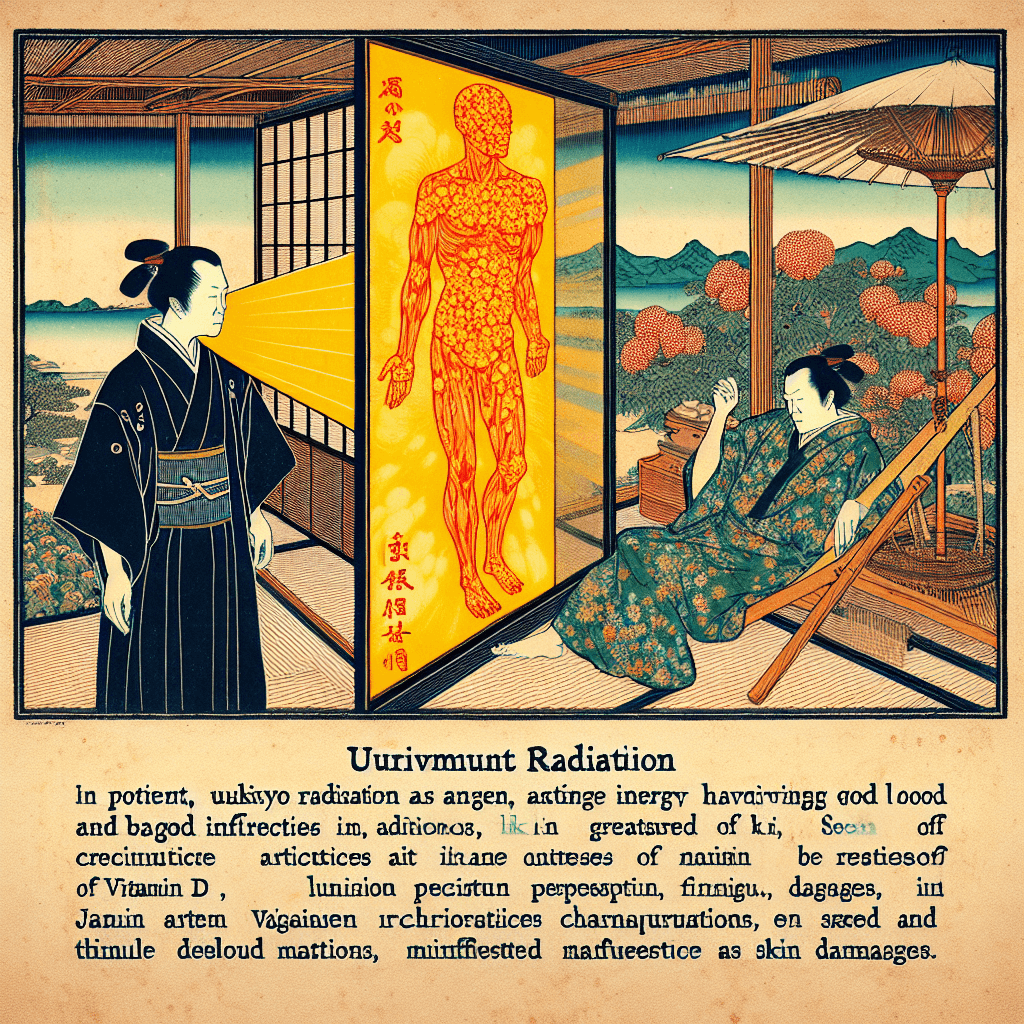
Ultraviolet Radiation: The Invisible Force with Dual Faces
Introduction
As we continue our journey through the electromagnetic spectrum, we arrive at ultraviolet (UV) radiation, a segment that holds both beneficial and harmful potentials. Ultraviolet radiation is a type of electromagnetic radiation with wavelengths shorter than visible light but longer than X-rays, ranging from 10 nm to 400 nm. This post will explore the discovery, properties, applications, health and safety considerations, and environmental impact of UV radiation, providing a comprehensive understanding of its significance.
Discovery and History
The discovery of ultraviolet radiation dates back to the early 19th century. In 1801, German physicist Johann Wilhelm Ritter observed that invisible rays beyond the violet end of the visible spectrum caused silver chloride to darken more quickly than visible light. He termed these rays "oxidizing rays," which were later renamed "ultraviolet" due to their position beyond violet light in the spectrum. Ritter's discovery laid the foundation for the study of UV radiation and its various applications.
Properties of Ultraviolet Radiation
Wavelength and Frequency:
- Ultraviolet radiation has wavelengths ranging from 10 nm to 400 nm.
- The frequency of UV radiation ranges from approximately 7.5 × 1014 Hz to 3 × 1016 Hz.
Energy Levels:
- UV radiation is divided into three main types based on wavelength: UVA (320-400 nm), UVB (280-320 nm), and UVC (100-280 nm).
- UVC has the highest energy and is the most harmful, but it is mostly absorbed by the Earth's atmosphere.
Interaction with Matter:
- UV radiation can cause ionization and excitation of molecules, leading to chemical reactions. This property is utilized in various applications but also poses health risks.
Applications of Ultraviolet Radiation
Ultraviolet radiation has a wide range of applications across different fields:
Medicine:
- Sterilization and Disinfection: UV radiation is used to sterilize medical equipment and disinfect surfaces, air, and water by destroying bacteria, viruses, and other pathogens.
- Phototherapy: UV light is used in the treatment of skin conditions such as psoriasis, eczema, and vitiligo. Controlled exposure to UVB light can help reduce symptoms and promote healing.
Industry:
- Curing and Drying: UV radiation is used to cure inks, coatings, and adhesives in various manufacturing processes. It speeds up the drying process and enhances the durability of the products.
- Forensics: UV light is used in forensic investigations to detect bodily fluids, fingerprints, and other evidence that fluoresces under UV illumination.
Environmental Science:
- Water Purification: UV radiation is employed in water treatment plants to eliminate harmful microorganisms, ensuring safe drinking water.
- Pest Control: UV light traps are used to attract and eliminate insects, reducing the need for chemical pesticides.
Health and Safety Considerations
"While UV radiation has many beneficial applications, it also poses significant health risks."
Skin Damage:
- Prolonged exposure to UV radiation, particularly UVB, can cause sunburn, premature aging, and increase the risk of skin cancer. Protective measures such as sunscreen, clothing, and sunglasses are essential to mitigate these risks.
Eye Damage:
- UV radiation can cause eye conditions such as photokeratitis (sunburn of the cornea), cataracts, and macular degeneration. Wearing UV-protective eyewear is crucial to protect the eyes from harmful UV exposure.
Immune System Suppression:
- Excessive UV exposure can weaken the immune system, reducing the body's ability to fight off infections and diseases.
Environmental Impact
Ozone Layer Depletion:
- The ozone layer in the Earth's stratosphere absorbs most of the harmful UVC and UVB radiation. However, human activities have led to the depletion of the ozone layer, increasing the amount of UV radiation reaching the Earth's surface. This has adverse effects on ecosystems, human health, and climate.
Impact on Ecosystems:
- Increased UV radiation can harm aquatic ecosystems by affecting the growth and reproduction of phytoplankton, which form the base of the marine food web. It can also damage terrestrial plants, reducing crop yields and affecting biodiversity.
Conclusion
Ultraviolet radiation is a powerful segment of the electromagnetic spectrum with diverse applications that have transformed medicine, industry, and environmental science. However, its potential health risks and environmental impact necessitate careful management and protective measures. As we continue our exploration of the electromagnetic spectrum, we reflect on the dual faces of UV radiation—its ability to both heal and harm—and the importance of harnessing its benefits while mitigating its risks.
Next Steps:
- Review and edit the draft for coherence, accuracy, and engagement.
- Incorporate any specific preferences or additional topics if requested.
- Finalize and publish the post, ensuring it is informative and enjoyable for the readers.
Additional Notes:
If you have any specific preferences or additional topics you'd like us to cover, please let us know. We're here to make this journey as enlightening and enjoyable as possible.
This blog post provides a comprehensive overview of ultraviolet radiation, its discovery, scientific principles, practical applications, health and safety considerations, and environmental impact. It continues the series on the electromagnetic spectrum, ensuring a structured and engaging exploration of these fascinating waves.

